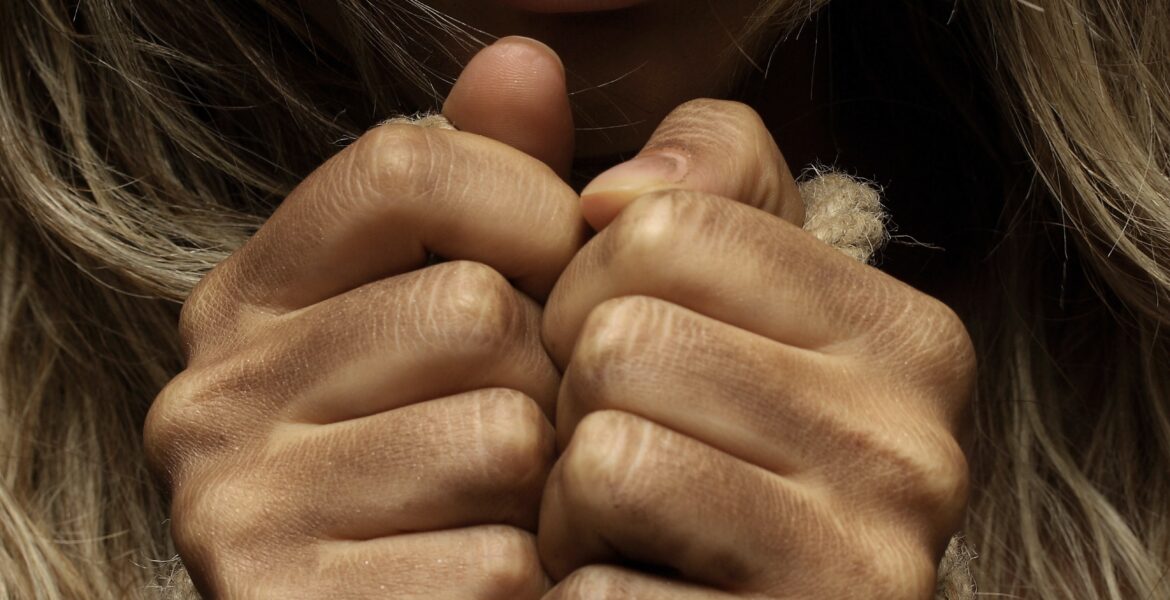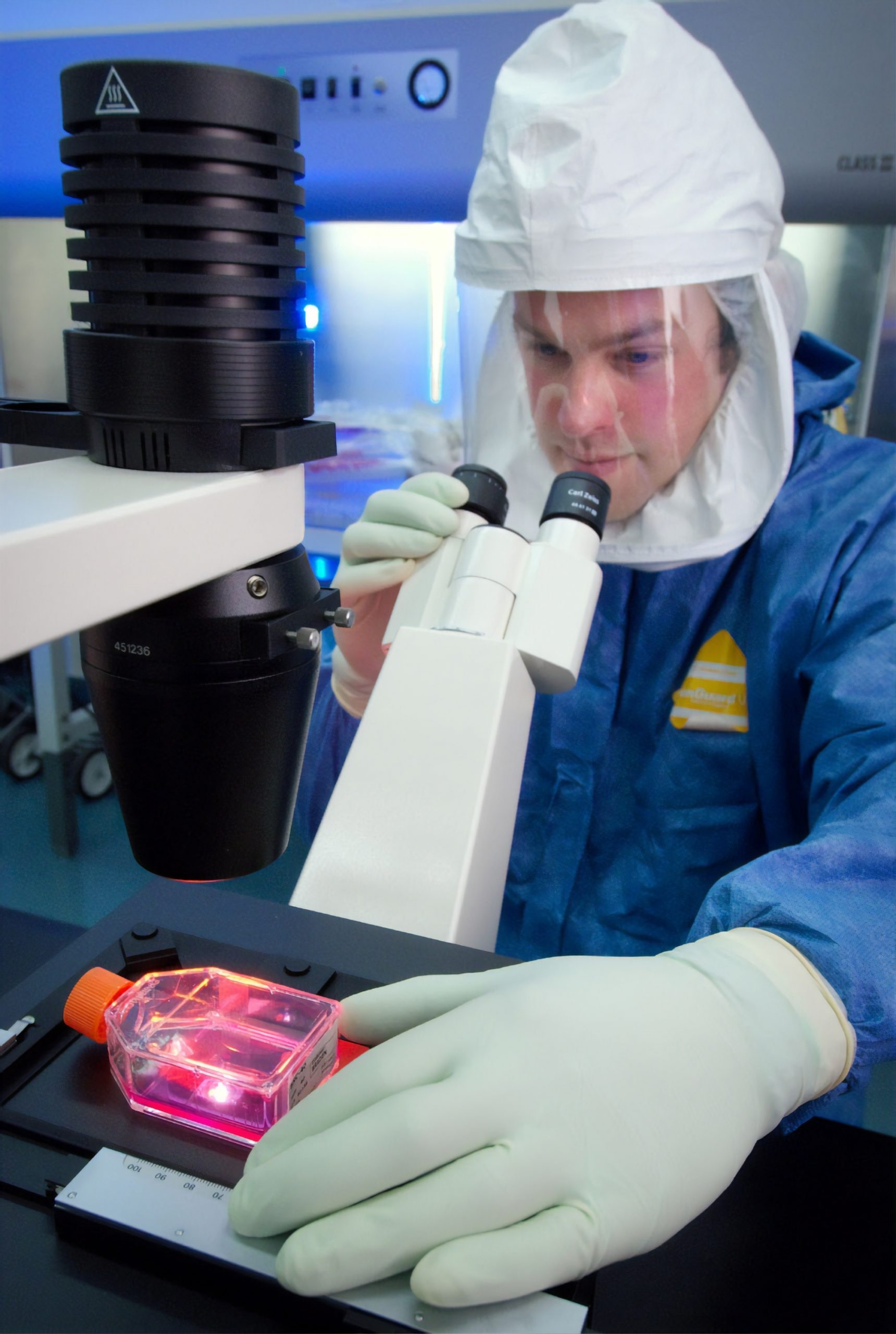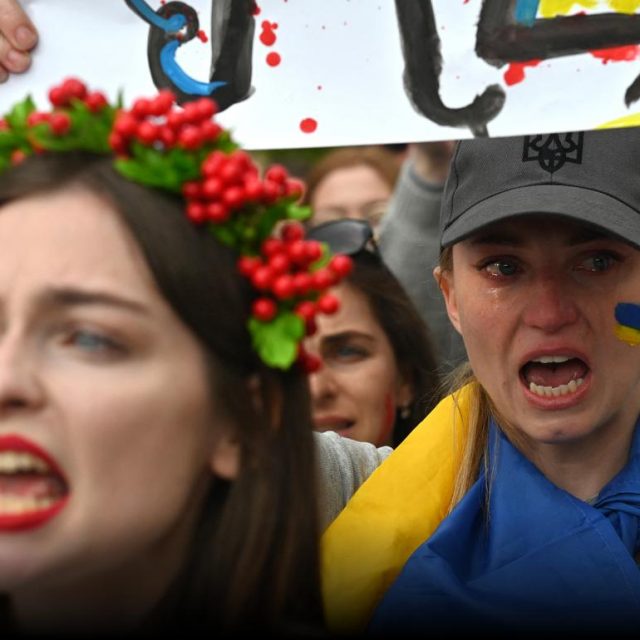Photo by engin akyurt on Unsplash
The Commission has outlined how it will step up its fight to combat human trafficking.
It has published its 5th report on the fight against Trafficking in Human Beings (THB), providing an analysis of data from 2021-2022.
The total number of registered victims in the EU showed an increase of 41% from 7155 victims in 2021 to 10.093 in 2022, with the actual number likely being significantly higher, as many victims remain undetected.
Trafficking for sexual exploitation continued to be the most prevalent form with 49% of all trafficking victims, out of which 92% are women.
The second most prevalent form constitutes labour exploitation with 37%, where 70% of the victims are men.
Child trafficking, representing 19% of all victims of trafficking in the EU, had a decline in the number of victims of 3% compared to the previous report.
In the reporting period, non-EU nationals constituted the majority of trafficking victims with 54%.
Since 2022, the EU says it has reinforced its policies to step up the fight against trafficking in human beings.
A revised Directive on preventing and combating trafficking in human beings entered into force last July following a Commission proposal from 2022.
The revised Directive reinforces tools for authorities to investigate trafficking offences and to provide better support to victims. It also emphasises child protection and includes online sexual exploitation as an aggravating circumstance.
The Commission now says it will further step up its work against people traffickers, including by launching an Anti-trafficking Hub – an umbrella platform to support Member States in exchanging best practices and reinforcing cooperation.
Trafficking in human beings is the second most widespread illicit economy in the world, says the EC.
A spokesman added, “It is often linked to other crimes, such as drugs trafficking, migrant smuggling, property crime, money laundering and document fraud.”
Published every two years, the EC report is led by the EU Anti-Trafficking Coordinator and based on contributions from Member States, EU Agencies, and the EU Civil Society Platform against trafficking in human beings.




